Dry: A Weekly Western Drought Digest — August 23, 2022
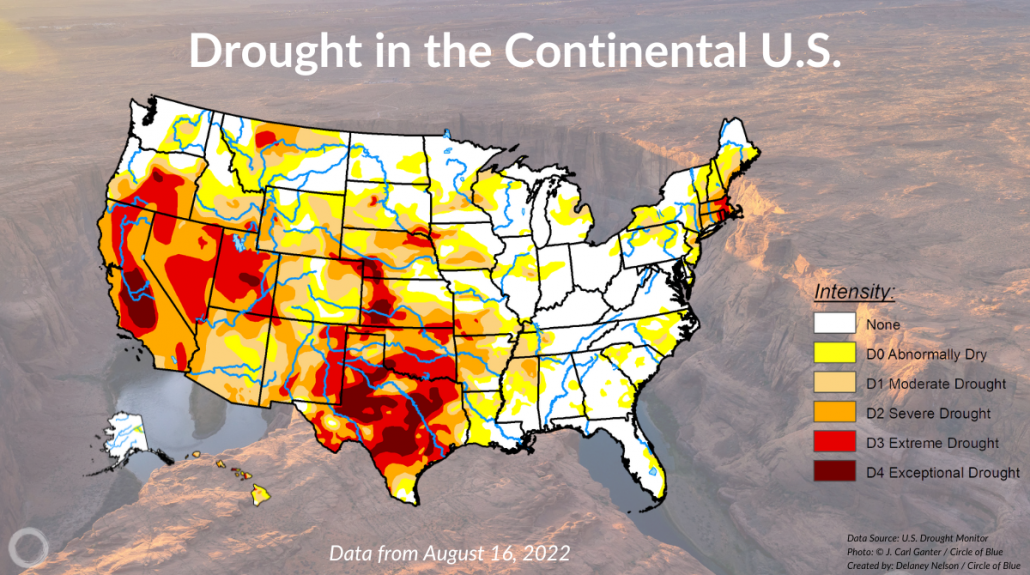
By Delaney Nelson, Circle of Blue – August 23, 2022
The American West is experiencing its most severe drought in 1,200 years. The consequences are far-reaching and long lasting. Forests become tinder boxes. Hydropower is weakened. Human health and wildlife are threatened.
Each week, Circle of Blue breaks down the biggest stories, the latest data, and the most promising solutions to the United States’ most urgent water crisis. Read Dry: A Weekly Western Drought Digest, your go-to news brief on the drying American West.
TOP NEWS
- As of August 16, just over 49 percent of land area in the lower 48 states are in drought, down seven percentage points in the last month.
- The Gila River Indian Community pulls out of a water conservation agreement due to little progress on basin-wide water cuts.
- An Arizona agricultural coalition proposes the federal government pay farmers to conserve water.
- Top celebrities are among the highest water consumers in California, surpassing mandatory restrictions by over 150 percent.
THE NUMBERS
- More than 130 million people live in areas experiencing moderate drought or worse. According to the U.S. Drought Monitor, dry conditions are present across 233.5 million acres of cropland.
- Monsoon season has brought exceptional levels of rainfall to the Grand Canyon region. Between June and August, the area received 245 percent more inches of rain than during an average monsoon season. While precipitation has provided welcome relief to the dry Southwest, it has also led to flash flooding and mudslides throughout the region amid drought conditions.
- Storm events and heavy rainfall earlier this month brought some relief to the Albuquerque reach of the drying Rio Grande, but the river continues to face declining water levels. Earlier this summer, more than 40 percent of the river experienced exceptional drought, according to the U.S. Drought Monitor. While dry periods are common on the Rio Grande, such events are happening earlier in the year and reaching farther north, and reservoirs are reaching historic lows. Last month, Elephant Butte, New Mexico’s largest reservoir, fell to 4 percent capacity, the lowest level since the 1970s.
- The San Francisco Chronicle reports that more than 531,000 acres of California farmland were unplanted without harvest this year, a 36 percent increase in acreage since August of last year. The increase is indicative of the state’s dry conditions and declining water supply. This year is the state’s driest year to date.
STATUS OF TOP RESERVOIRS/COLORADO RIVER
- After Colorado River basin states failed to reach an agreement last week on water cuts mandated by the Bureau of Reclamation in June, the agency announced meager cuts for just two states. Arizona will lose 21 percent of its annual river allotment and Nevada’s share will decrease by 8 percent. Mexico’s annual allotment will drop by 7 percent. By contrast, Reclamation asked basin states to create a plan that would cut water use by two to four million acre-feet next year. Notably, there are no required cuts for California under the agency’s announced guidelines. While these cuts were previously agreed to in the 2019 Drought Contingency Plan and 2007 Interim Guidelines, Reclamation has not announced a concrete deadline for the reductions.
- Nevada officials are calling on the federal government to distribute water cuts fairly across the seven basin states.
- Reclamation’s 24-month study published last week foresees continued declines for Lakes Powell and Mead.
NEW: Infographics that reflect the latest data on Colorado River Basin reservoir levels. Spoiler: they’re shockingly low. Graphics by @_nbqs, @water4colorado pic.twitter.com/2huxDcVBjc
— American Rivers (@americanrivers) August 19, 2022
GILA RIVER INDIAN COMMUNITY PULLS OUT OF CONSERVATION AGREEMENT
The Gila River Indian Community announced Monday it would no longer contribute part of its Colorado River allocation to system conservation programs for Lake Mead after seeing little basin-wide progress on water reduction agreements. Instead, it will store its supplies underground in Arizona, a move that will make it harder for lower basin states to achieve a goal to conserve 500,000 acre-feet of water in the next year. “We are aware that this approach will have a very significant impact on the ability of the State of Arizona to make any meaningful commitment to water reductions in the basin state discussions, but we cannot continue to put the interests of all others above our own when no other parties seem committed to the common goal of a cooperative basin-wide agreement,” Gov. Stephen Lewis said in the news release.
ARIZONA FARMERS PROPOSE WATER CONSERVATION PLAN
As Arizona faces looming Colorado River water cuts, an agricultural coalition in its southwestern region is proposing the federal government pay farmers to use less water. The Yuma County Agriculture Water Coalition created the Save the River plan last month, which proposes farmers in Arizona and California conserve 925,000 acre-feet of water in exchange for compensation of $1,500 per acre-foot. The plan has not yet received substantial support from the state or federal government, and would also require backing from California. According to the latest U.S. Drought Monitor map, over 84 percent of Arizona is in drought.
CELEBRITIES AMONG HIGHEST WATER WASTERS IN CALIFORNIA
Dwayne Wade, Sylvester Stallone and Kim Kardashian are among the household names currently trending for their water waste in California. The celebrities surpassed 150 percent of their monthly water budgets in the Las Virgenes Municipal Water District at least four times since the end of last year, according to reporting by the LA Times. The utility implemented in June Stage 3 water reductions, with the goal of reducing consumption by 50 percent amid a statewide drought and water shortage. Las Virgenes water customers are among the highest consumers in the region – the company consistently uses more water than the Los Angeles Department of Water and Power. Over 99 percent of the state is experiencing drought, according to the latest data from the U.S. Drought Monitor.
WHAT’S AHEAD
The U.S. Drought Monitor forecasts above-normal precipitation in the coming week over the Southwest deserts. While the rains may provide temporary relief to dryness throughout the region, drought conditions will persist for the foreseeable future.
Delaney Nelson is an intern for Circle of Blue covering drought in the American West. She writes Circle of Blue’s weekly roundup of drought in the American West. She’s a rising senior at Northwestern University studying journalism, political science, Spanish and environmental policy. In her free time, she likes to hang out with her dogs, play soccer and swim in Lake Michigan.

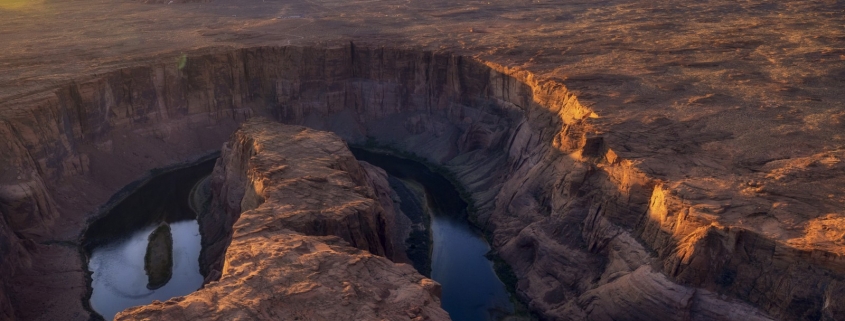
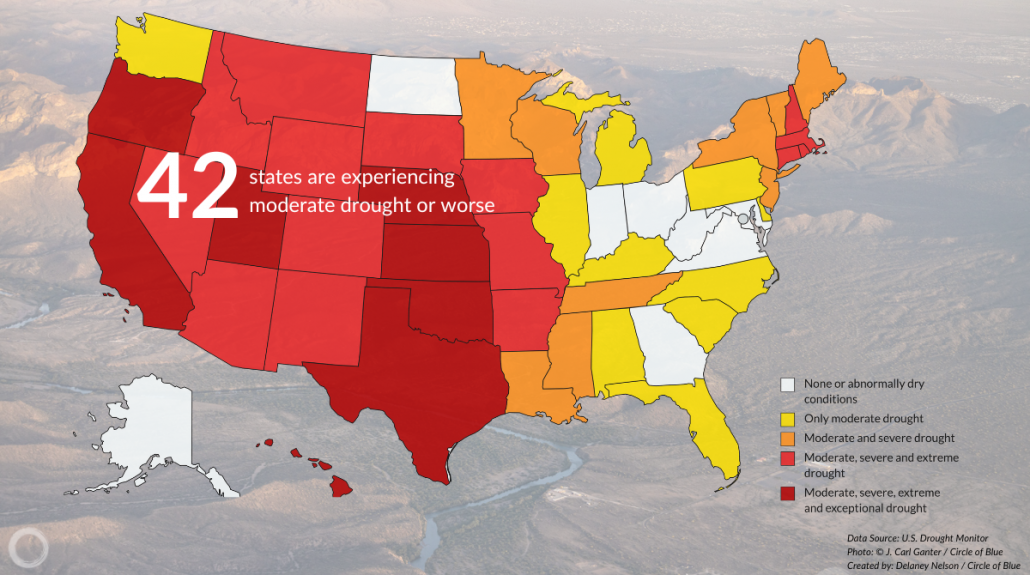

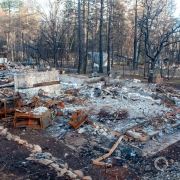
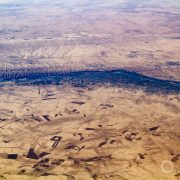
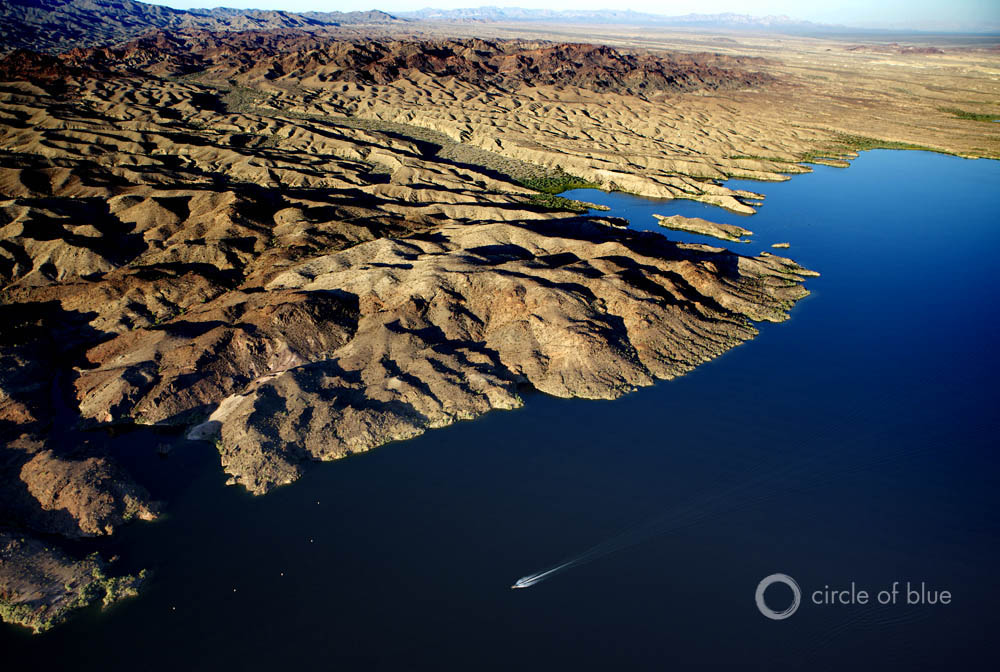







Leave a Reply
Want to join the discussion?Feel free to contribute!